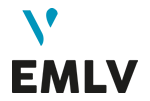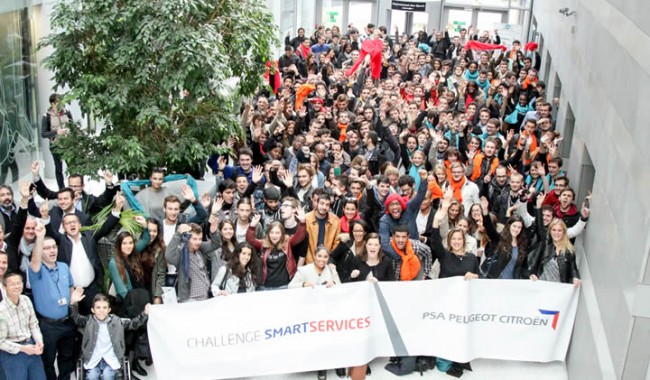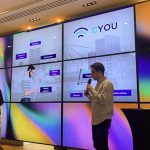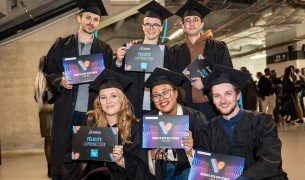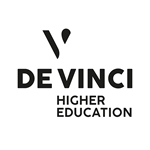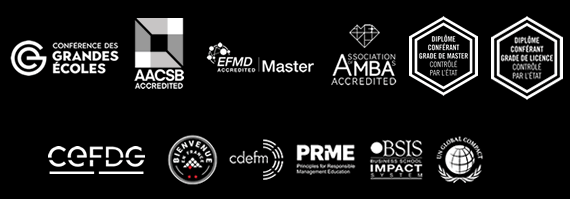Bernard Buisson is a Full-time Professor of Strategy, Innovation and Entrepreneurship at the EMLV Business School Paris-La Défense. He was in charge, in addition to his teaching duties, to organize two transversal weeks for the students of the Pôle Léonard de Vinci.
Shortly after I joined EMLV as full-time Professor at the beginning of 2015, my job description was enriched with a surprise project: organize two transversal weeks, one for year-5 students, one for year-4 students.
The EMLV (Ecole de Management Léonard de Vinci) belongs to a group of schools: the Pôle Universitaire Léonard de Vinci. In addition to the business school (EMLV), there is an engineer school (ESILV) and an internet/design school (IIM).
The two weeks I had to organize were called “transversal weeks”, because the students from the three schools would attend. Therefore we had 376 year-5 students for the first week (October 5th to 9th) and 438 year-4 students for the second week (October 12th to 16th).
The main pedagogical objective for these two weeks was to get these students to work together, and generate great business/product ideas. We created small teams of 5 students on average (for most teams, there were 2 engineers, 2 business students, and 1 internet/design student). This is a situation most of them will experience in their corporate life.
How do you get 400 students from three different schools, with different backgrounds, work together for a full 40-hour week, and deliver great ideas?
From an operational perspective, of course you have to rely on an online platform, set up a large team of professors/coaches (around 15), and be very strict on timing. But that would certainly not have been enough to make these weeks a success.
Here is what we added:
- we were lucky enough to have the opportunity to have a corporate partner for each week (PSA Peugeot Citroen for the first week and Cisco for the second week)
- we decided early on to combine the project work with a corporate simulation. Each team became responsible for a business unit
These two components proved decisive:
- having a corporate partner for each of the week increased the commitment of students because they knew right from the beginning that they would have to present their project to real corporate people at the end of the week
- asking students to work simultaneously on a corporate simulation (which was limited to 25% of their time) might seem to add to the workload in a week already full. The reality is that the business simulation kind of focused the competitive spirit of the teams, and released their creativity for the new idea generation. Overall it created an environment which is very similar to real corporate life; executives have to run a company AND spend time to define the future products. The main difference with real corporate life is probably that most executives spend 99% of their time running their business, and only 1% thinking about the next products.
These two weeks have been a success, from all perspectives: for the students, for the corporate partners, and for the professors and coaches involved.
“Transversal” has become a popular word in higher education in France. But few schools have done it, and the other attempts have been quite different; they are longer programs (one or two years), but with a quite limited number of students, which mix only two populations (engineers and business students for instance), not three. There is one obvious reason which has made these experiments quite difficult; students come from different schools and the management of these schools usually pursue different objectives. The Pôle Universitaire Léonard de Vinci is blessed from this perspective because it has only one management team, and it has been very focused on making transversal education happen.
Bernard Buisson
Ps: two short videos for those of you who understand French. You can also read the press release about both events









